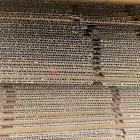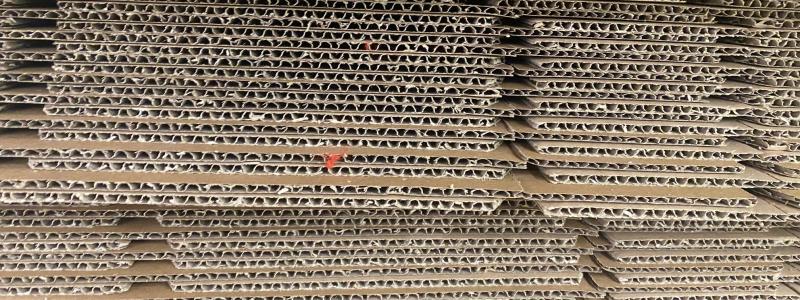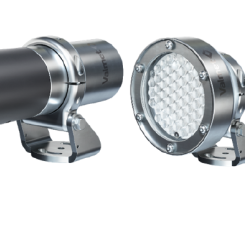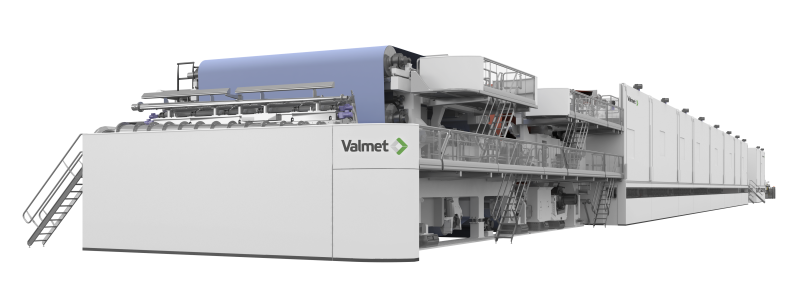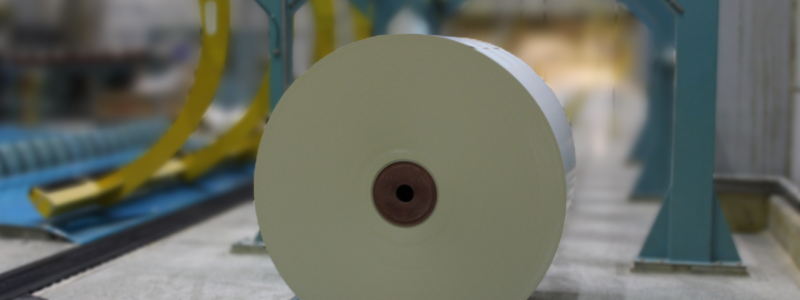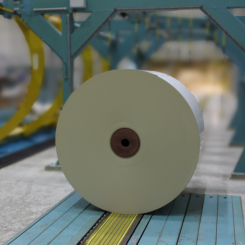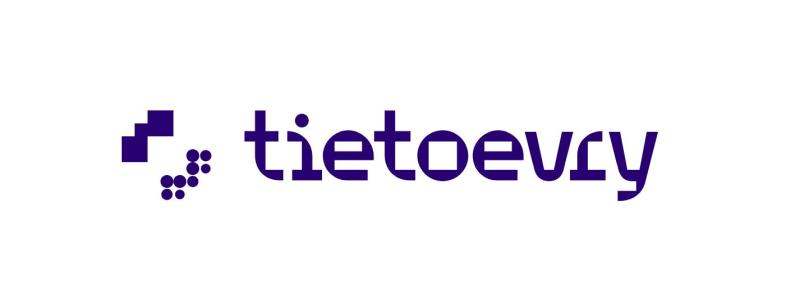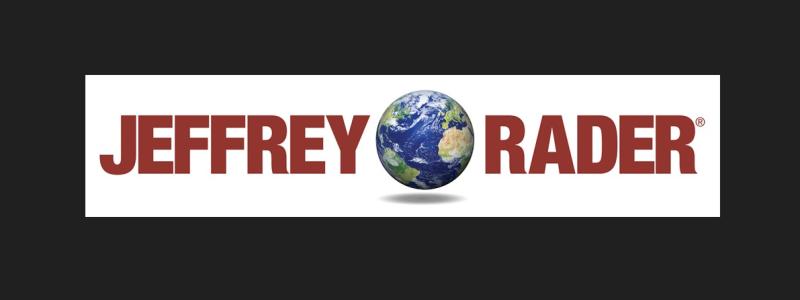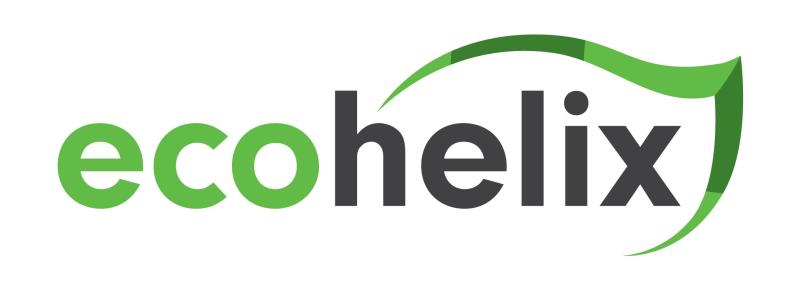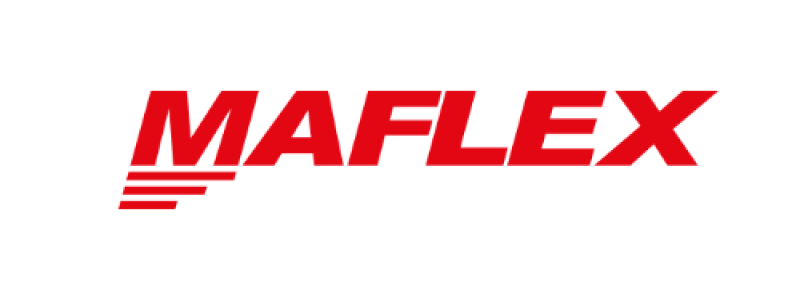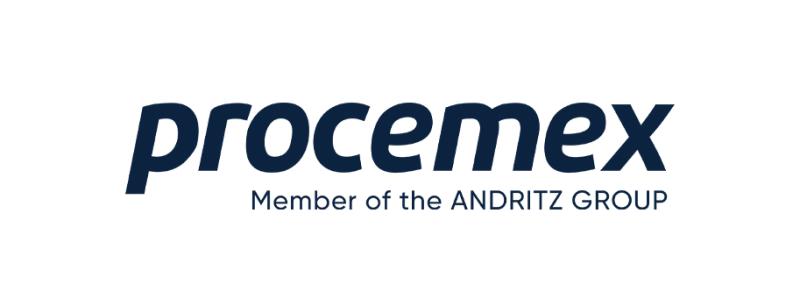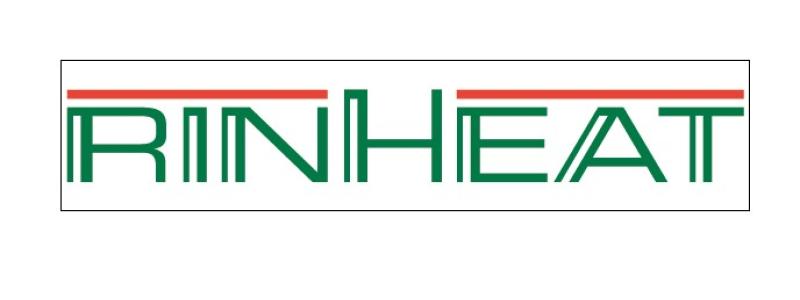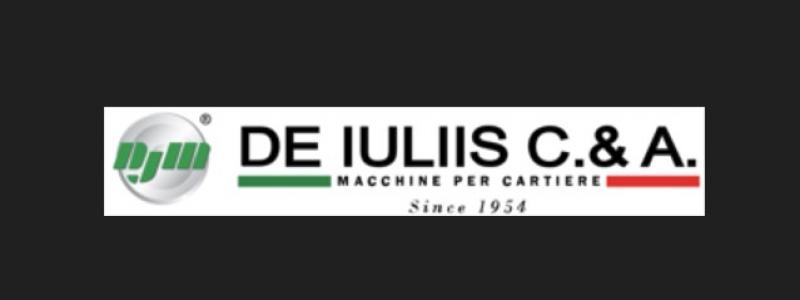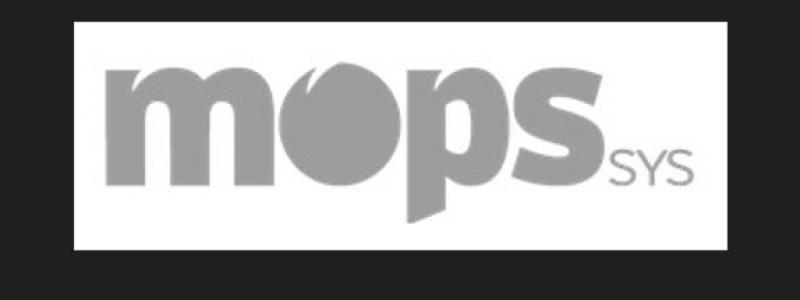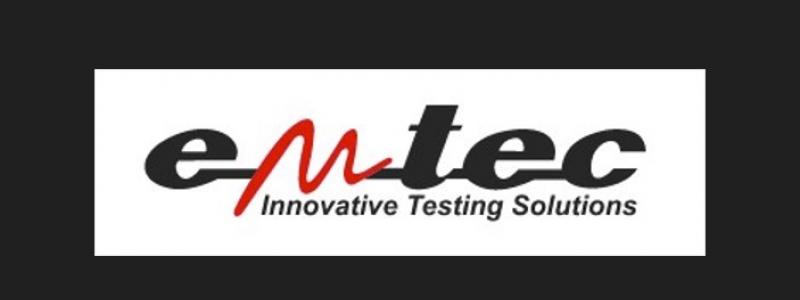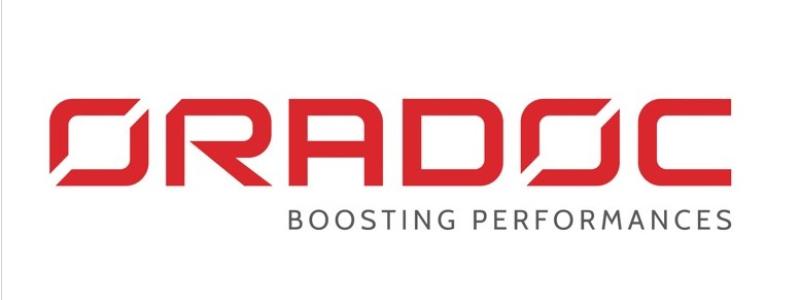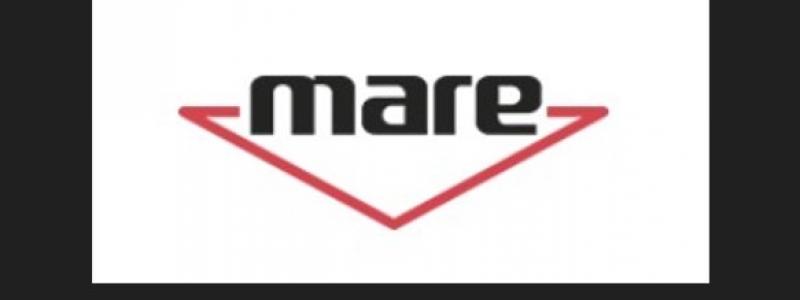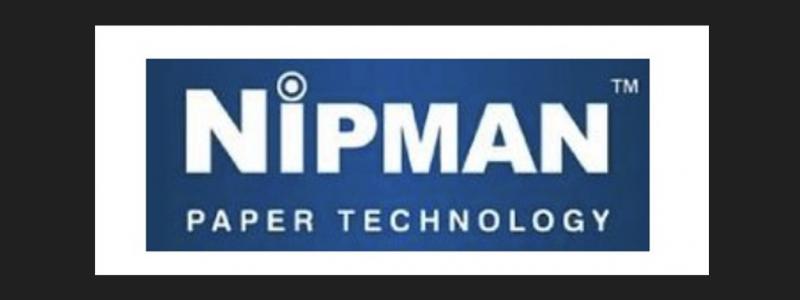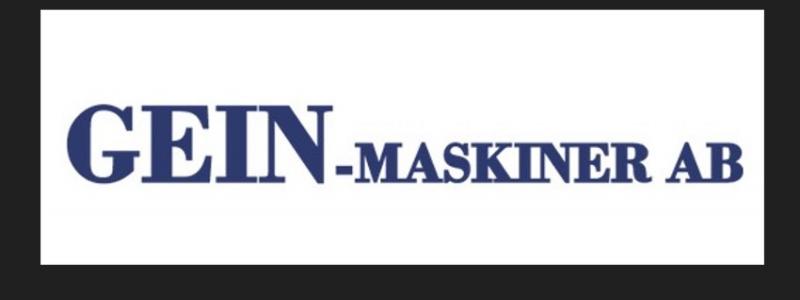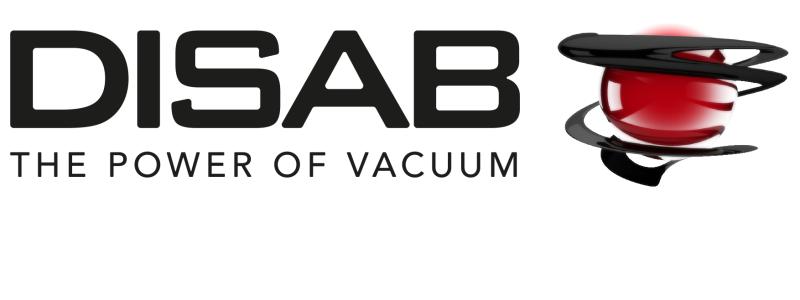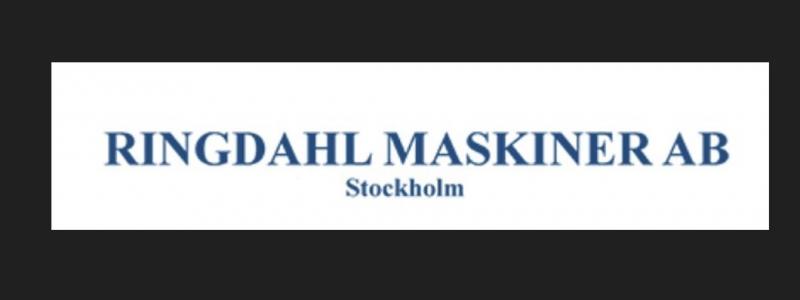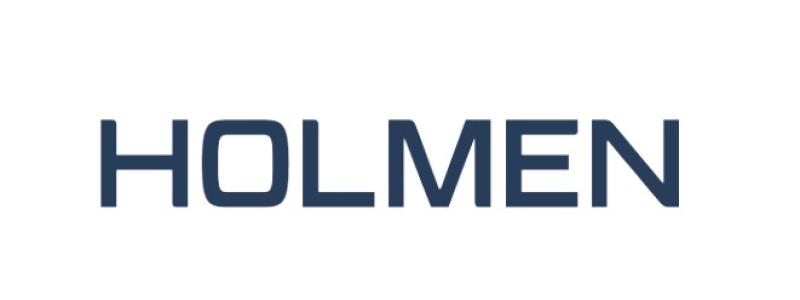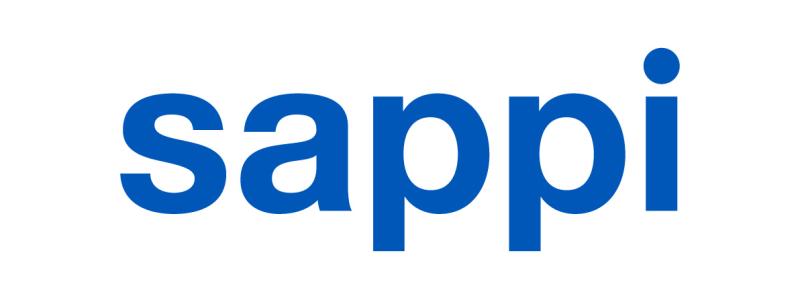According to Holmen Paper, the rise of the e-book is not happening at the cost of printed books, whose numbers are not declining at the same rate as e-book growth. According to a book study Holmen Paper has conducted, consumption of wood-containing book paper has grown by some 30 percent since 2010.
The study involved 24 leading European book publishers and printing firms, which compbined cover 55 percent of the Western European market.
"Publishers' consumption of wood-containing paper has risen since we conducted the corresponding survey four years ago. The main advances have come at the cost of wood-free grades," said Agnes Nylund, business intelligence manager at Holmen Paper.
Holmen said that although the number of hardback books is falling, and is expected to continue to fall over the next 3-5 years, the trend for paperbacks (Holmen's core market) is forecast to remain stable over the same period.
The respondents' answers to questions on future needs revealed interesting information about expectations over the next few years. "Further drops in grammage are predicted," Nylund said. "Compared with a couple of years ago, the cycles have also become shorter and the first editions smaller. Digital printing, which currently accounts for between 1 and 5 percent of the market, is thus expected to grow."
The company noted that bulk, opacity, shade and smoothness will continue to be the key properties when choosing paper. However, environmental awareness and sustainable forestry remain important. FSC is seen as the leading certification for the industry, but PEFC and ISO 14001 are also mentioned by respondents in the study.
"Based on this study, we also believe that paperbacks and textbooks have a bright future," Nylund said. "This is perhaps particularly true of the latter in new markets outside Europe, where education will be in high demand."
Although the growth of e-books continues, and will continue in the long term, that growth hasn't been, and will not be, all at the expense of traditional paper-based books.
"E-books are expected to continue growing in the long term. Commentators believe that e-books have the potential to take a 20-30 percent share of the total book market, compared with today's 3-5 percent," Nylund explained.
But Nylund emphasized that the rise of the e-book is not happening at the cost of printed books, whose numbers are not declining at the same rate as e-book growth.
Holmen Paper produces printing paper that is manufactured at two mills in Sweden and one in Spain.


